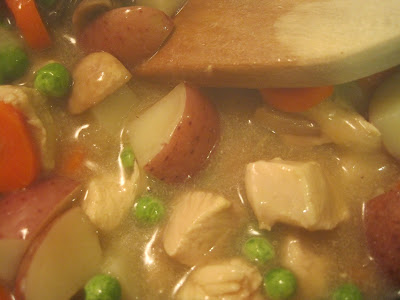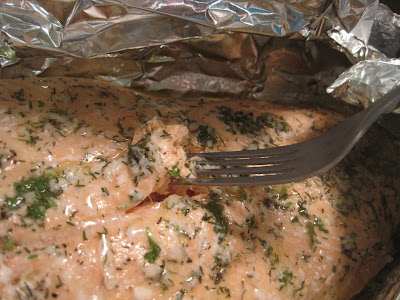
Fall is here! And so is my new blog look. I have been doing a lot of behind the scenes work lately, so here's to a new season and a "new and improved" blog. Today I have a simple but delicious recipe for you for applesauce. My husband and I made our annual trek to Linvilla Orchards and gathered up as many apples as we could carry (well, actually twice as much as that since our apple wagon tipped over onto the concrete and we had to start over.) I love apples on their own, and in pies and crisps of course. But this year I wanted something new. I've made this applesauce a few times with my own tweaks that I'll share with you, and I think you'll agree that it really tastes just like apple pie, without the crust calories or fat (a bonus really, since I'd eat this whether it was good for me or not). You can even put a little whipped cream on it like I do -- especially when it's still warm.
Here it is:
Cinnamon Applesauce
10 Apples, a variety of kinds that you like (I used macoun, red delicious and golden delicious), peeled, and chopped into 1-inchish cubes
1 cup water
1/3 cup of brown sugar
1/2 tsp of vanilla
1/2 tsp of cinnamon
a pinch of nutmeg
lemon juice (if desired)
Get a big sauce pot and throw in the apples. Add the water, the brown sugar, and the vanilla, and stir it up so the brown sugar is well blended throughout. Turn the heat on to high, but leave the cover off, and stir occasionally while you are waiting for it to boil.
 Once it has begun to boil, turn the heat down to medium low, and put the cover on. Keep it on for 20-25 minutes, and by then the apples should be soft (like you could mash them with a fork if you wanted to... or you could actually do this with one piece just to be sure). Then take the cover off, and crank the heat to high, letting all the water boil off. You might not want to leave this alone for too long, or the apples could get scorched (yep, happened here). It doesn't take long. Turn off the pot and remove from heat once the water is gone.
Once it has begun to boil, turn the heat down to medium low, and put the cover on. Keep it on for 20-25 minutes, and by then the apples should be soft (like you could mash them with a fork if you wanted to... or you could actually do this with one piece just to be sure). Then take the cover off, and crank the heat to high, letting all the water boil off. You might not want to leave this alone for too long, or the apples could get scorched (yep, happened here). It doesn't take long. Turn off the pot and remove from heat once the water is gone.Once this is done, you can go for the super easy route, or the hands on route. I take the apples, put them in the food processor, and grind them up to the consistency I want (not more than 7 seconds with the blade on). Some people like it more chunky, in which case, just pulse it until you see what you like. If you don't have a food processor, that's ok! Just mash them with a fork, or a potato masher, or whatever you have on hand.
Put the mashed apples in a big bowl, and stir in the cinnamon and nutmeg, and a squeeze of lemon juice if you like that. Stir to incorporate, and you're all done! Just let it cool (it will be very very hot and I would not recommend eating it for at least an hour--by then it will be warm). Let it reach room temperature before putting it into the fridge to chill all the way. It will keep for 3 days in the fridge, but honestly, it probably won't last that long, because it is so delicious! But the good news is, you can always make it again pretty easily.
Happy fall everyone!










